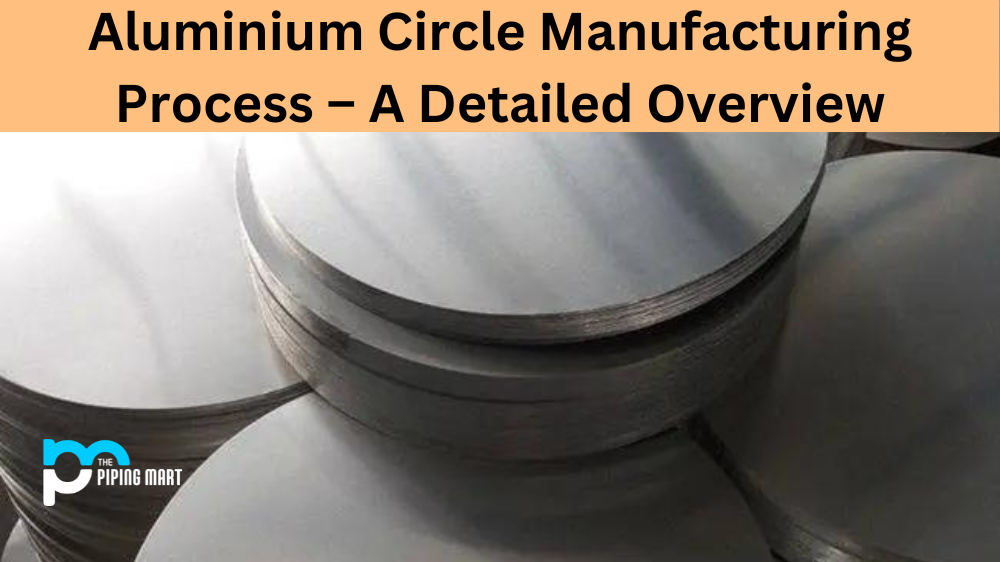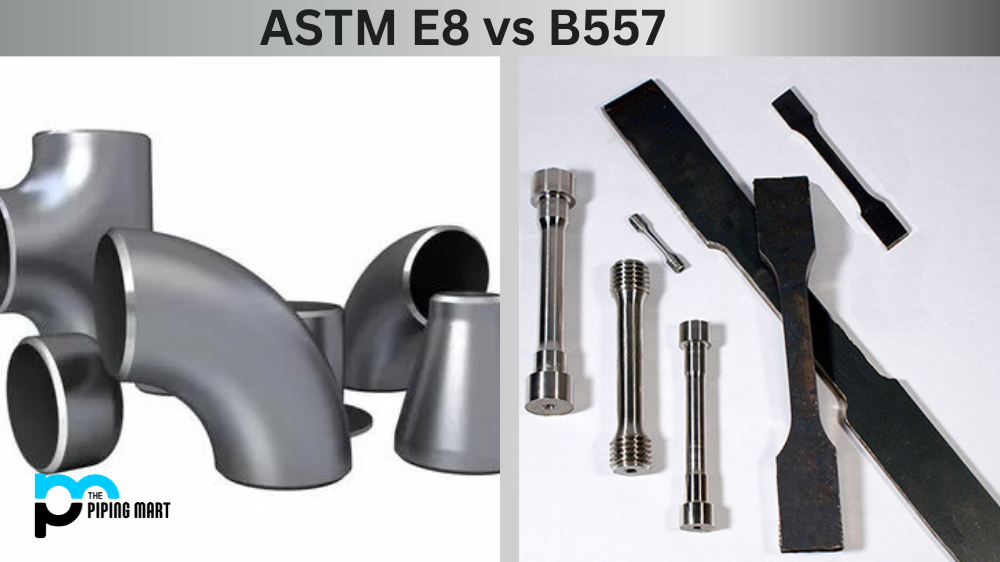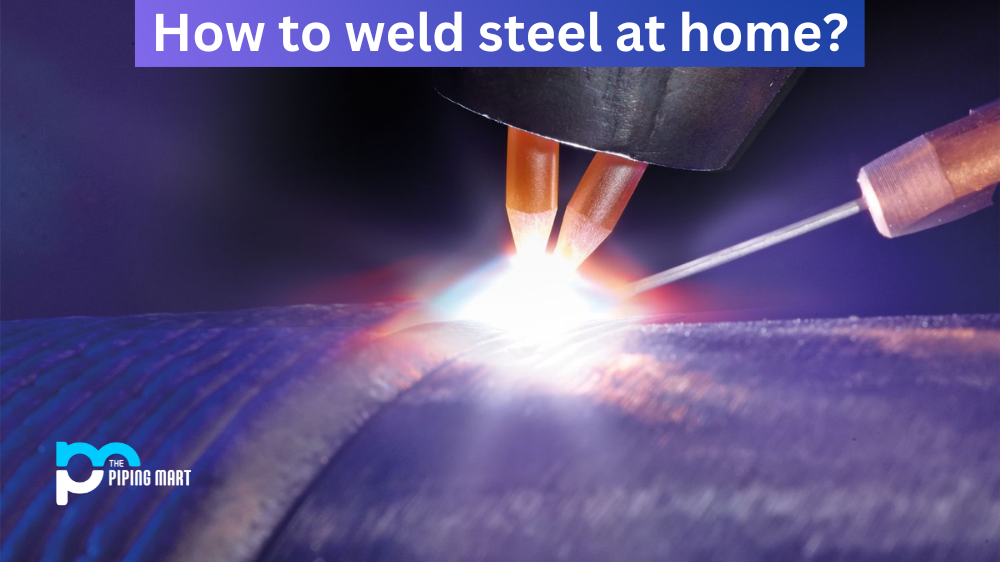Aluminum circles are an important part of the aluminium manufacturing process. Used in a wide range of products, from decorative lighting to utensils, they can be produced in various sizes and thicknesses. This blog post will look at the process behind aluminium circle manufacturing.
The aluminium circle manufacturing process begins with the selection of raw materials. High-grade aluminum sheets are cut into discs manufactured according to the desired specifications. These discs are then heated up to between 500 and 900 degrees Celsius before being placed in a press where they are stamped into shape using a mould. Once the shape is formed, the discs are cooled down again before being treated with an appropriate coating for protection against corrosion or other damage.
The next step in the aluminum circle manufacturing process is cutting out holes for handles or knobs if required. This is done using a CNC machine, ensuring accuracy and consistency for each product. After all, the holes have been cut out; it’s time to apply additional coatings, such as paint or anodized finishes depending on what type of product is made from the aluminum circles. Finally, finishing touches such as polishing or etching can be applied before packaging and shipping off to customers!
Bauxite Mining
The first step in the aluminum production process is mining the bauxite ore. Bauxite is a mineral that contains a high amount of aluminum oxide and is the primary source of aluminum for manufacturing. The bauxite is mined from the earth, then transported to a processing plant where it is crushed and ground into a fine powder.
Alumina Refining
The next step in the aluminum production is refining the alumina from the bauxite ore. The alumina is extracted from the bauxite using a chemical process known as the Bayer process. The Bayer process involves adding caustic soda to the bauxite, which dissolves the alumina and separates it from the impurities in the ore.
Aluminum Smelting
Once the alumina has been extracted from the bauxite, it is then transported to a smelter, where it is heated and melted to form molten aluminum. The aluminum is then poured into large ingots called pigs, which transport the metal to other plants for further processing.
Aluminum Casting
The pigs of aluminum are transported to casting plants, where they are melted down and cast into various shapes and sizes. The most common type of casting used in the aluminum industry is called continuous casting, which produces long slabs or sheets of metal. These slabs or sheets are then cut into smaller pieces that can be used in manufacturing.
Aluminum Finishing
The final step in the aluminum production process is finishing. This includes processes such as anodizing, which gives the metal a protective coating, and tempering, which strengthens it for use in products such as cans and foil.
Conclusion:
As you can see, much more is involved in producing aluminium circles than meets the eye! From selecting raw materials to applying protective coatings and finishing touches, each part of the process is critical to ensure quality products that meet customer requirements every time. With this detailed overview of how aluminium circles are manufactured, you now better understand this important part of the metalworking industry!

Meet Bhavesh, a seasoned blogger with a wealth of knowledge and experience. From metal products manufacturing to retail, Bhavesh has a diverse background in various industries and is dedicated to sharing his insights and expertise with readers.




